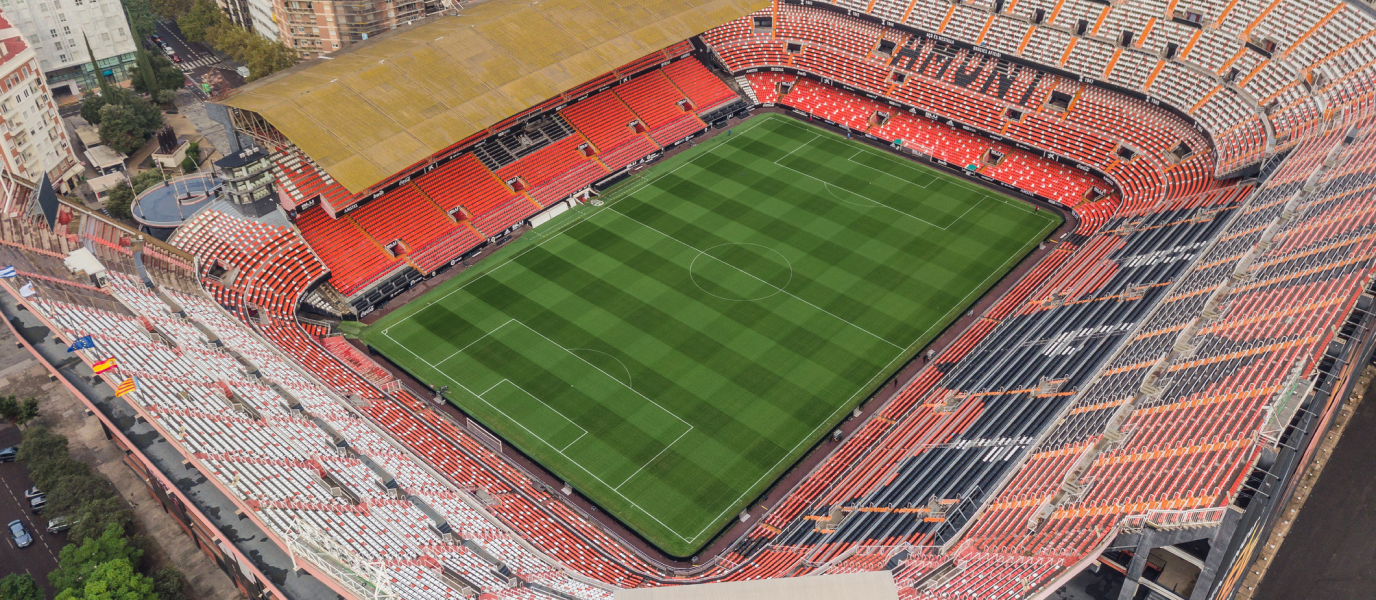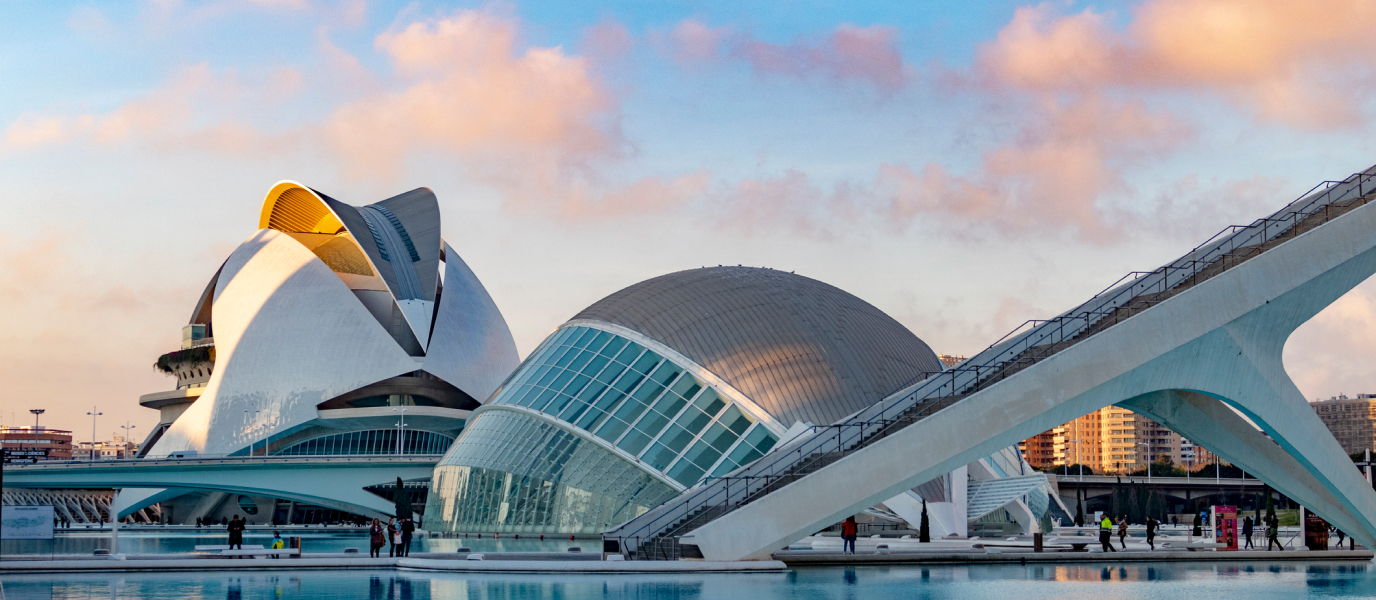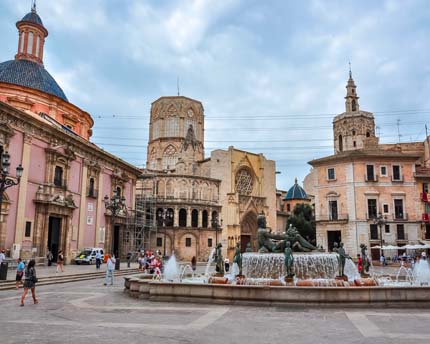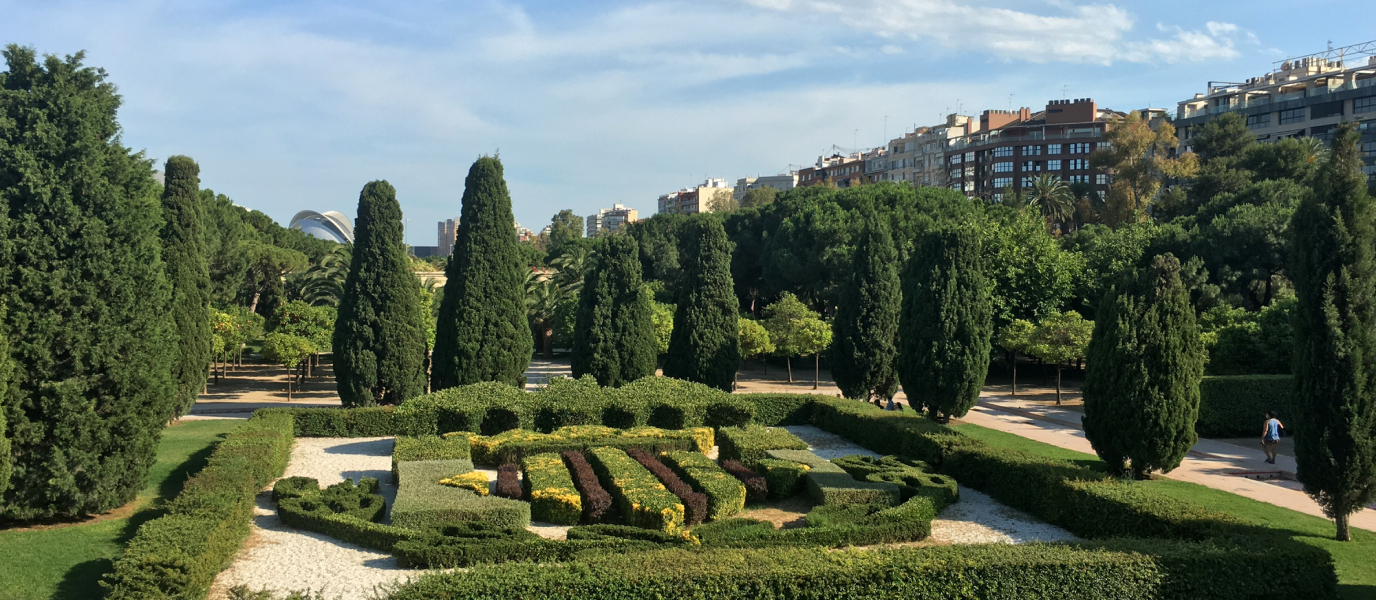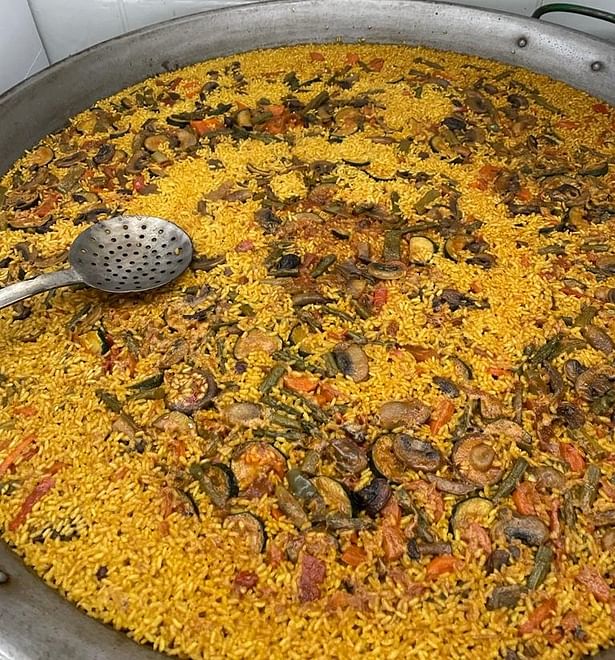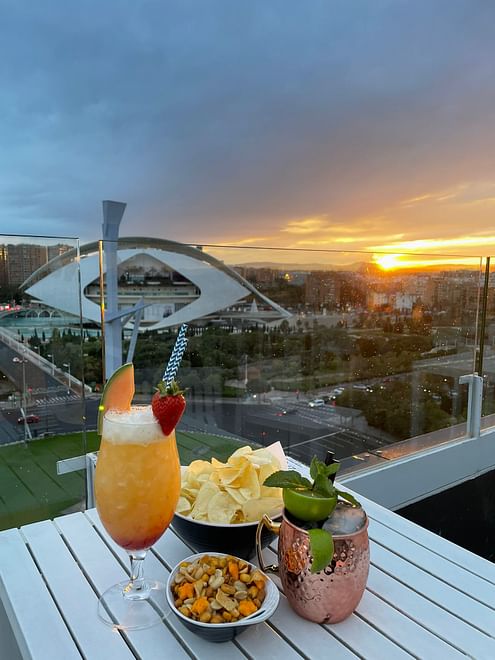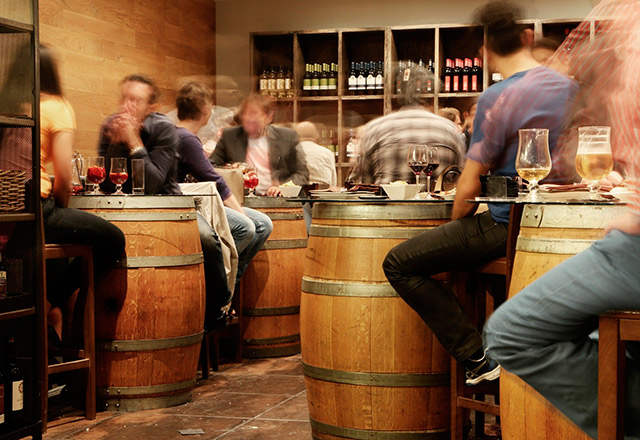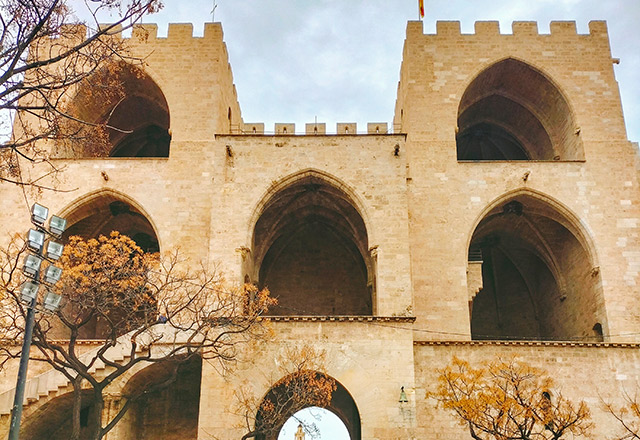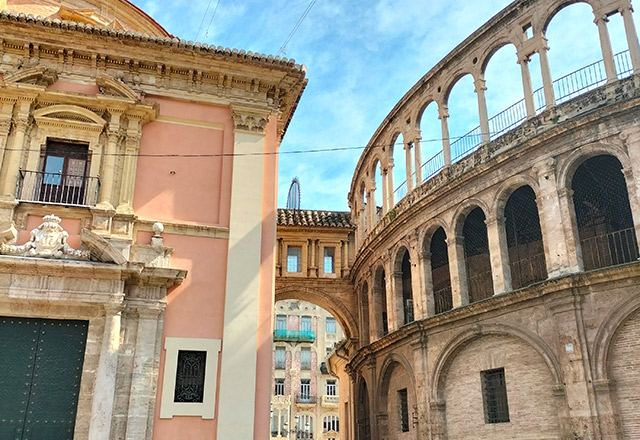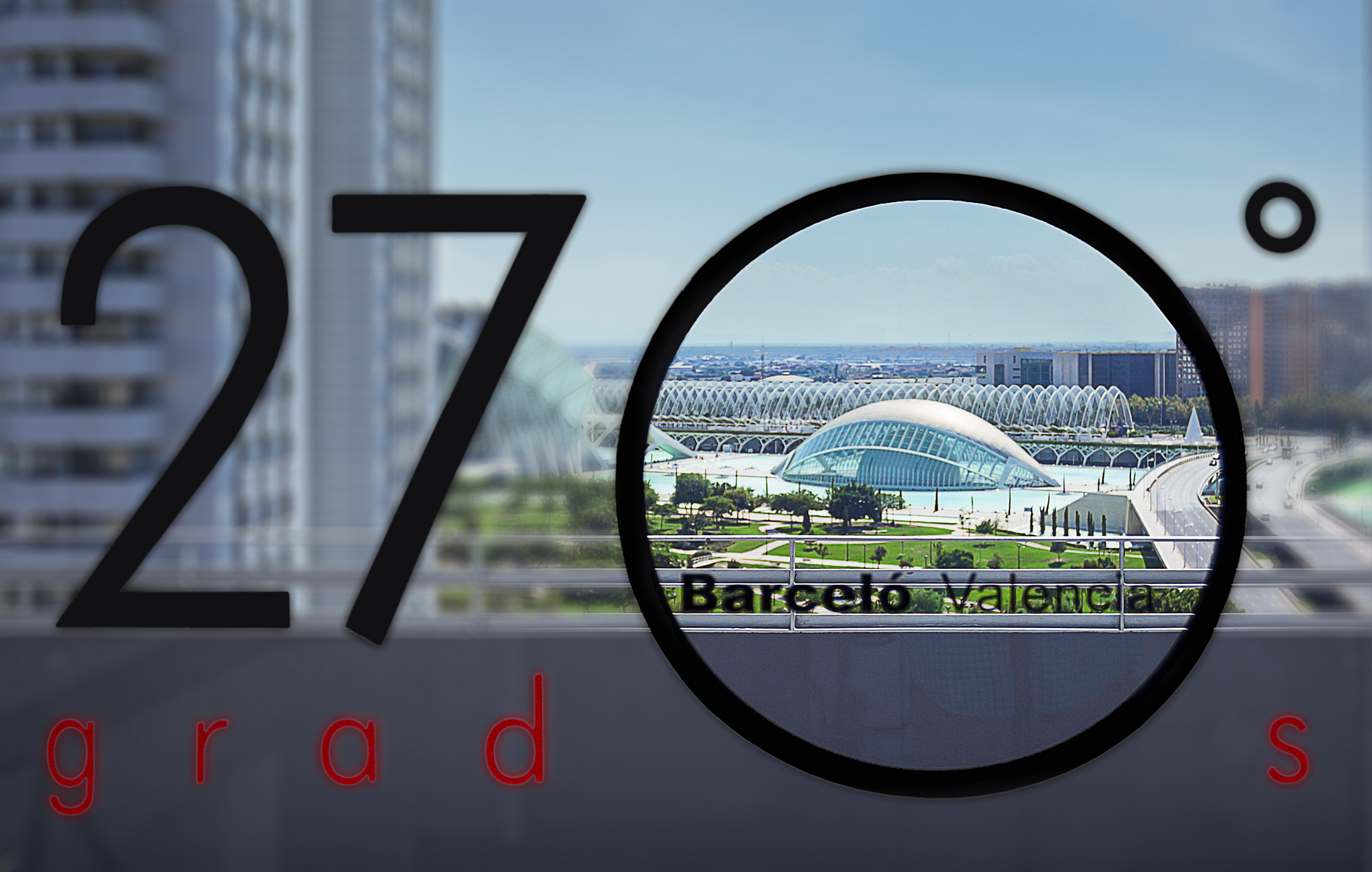The Mestalla stadium, the oldest stadium of any of the football teams in the Spanish First Division, is the stage on which the story of Valencia FC has been played out. This is where the fans of this team have trembled with nerves and excitement whilst witnessing the players in their different coloured kits sweat it out on the pitch, and football history has been written. Situated between the Avinguda de Suècia and the Avinguda d’Aragó in the Valencian capital, the Mestalla stadium has, since it was inaugurated on 20th May 1923, been expanded, and currently has capacity for 55,000 spectators.
Would you like to find out about the secrets and quirks of this nearly 100-year-old club? We’re going to share a few here, but we also suggest that you pay a trip to the stadium and sign up to the Mestalla Forever Tour. You’ll see the press room, the changing rooms, and you’ll even get to emerge onto the pitch through the tunnel, whilst being regaled with the history of Valencia FC, and all the best anecdotes.
Daily tours of the Mestalla stadium
There are tours of the Mestalla stadium every day of the week. From Monday to Saturday, you can choose between morning tours (10:30 AM to 1:30 PM) or afternoon tours (3:30 PM to 6:15 PM) of the inside of the stadium. On Sundays, there are only morning tours. When there are matches on, they still run tours, but the timings might be changed and you won’t be taken to the changing rooms, for organisational reasons.
During the guided tour you’ll discover why Valencia’s football stadium is called Mestalla. It got its name from the old stream that flowed past the southern side of the stadium and was called Mestalla. However, between the years 1969 and 1994, the stadium changed its name to Estadi Luís Casanova, in tribute to the well-loved Luís Casanova Giner, who’s considered one of the club’s best presidents, as well as having been the driving force behind the transformation of the stadium in the 1950s. In 1994 he himself asked that the name be changed back to Mestalla.
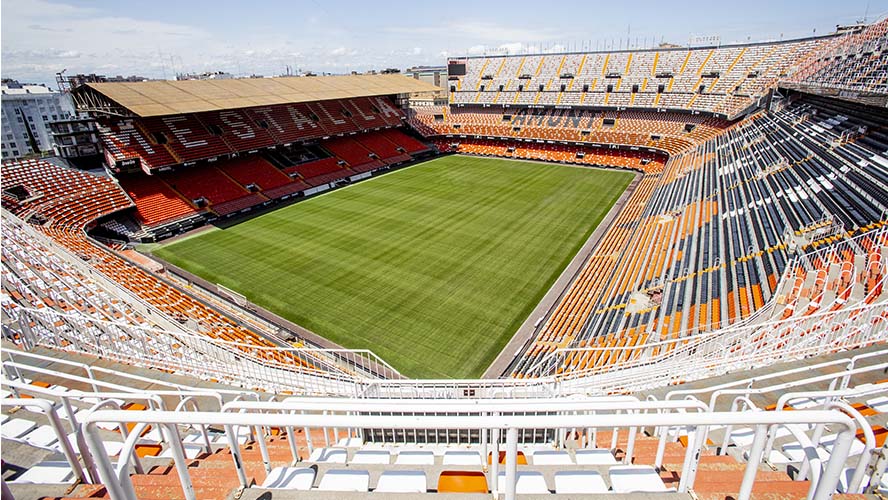
Mestalla Forever Tour
What route will the Mestalla Forever Tour take you on? We’re going to explain it below, as visually as possible. You’ll visit the VIP box, the VIP stands, the trophy room, the fan balcony, the ‘black and white corner’, the anteroom and the press room, the home team changing rooms, the changing room tunnel, the players’ tunnel, the bench, the chapel, the referee’s changing room, the medical centre and, lastly, the official Valencia FC shop where, if you like, you can take your own Valencian ‘trophy’ home. The Mestalla Forever Tour costs €10.90 for adults and €8.50 for concessions. Children under 4 years old get in free.
To understand the history of Mestalla, home of Valencia FC, we need to start at the very beginning. Let’s turn the clock back to 1923, when a friendly match between two local teams, Valencia and Levante, marked the beginning of the story of the Mestalla Stadium. It was the start of a new era that left the old pitch, Camp d’Algirós, the club’s first home, behind. At the time the team wasn’t in the First Division, but the stadium had capacity for 17,000 spectators, who saw the clear potential their team had to perform well in regional championships.
First remodelling of Mestalla
Just a few years later, in 1927, the stadium was remodelled for the first time with the aim of expanding its capacity to 25,000 people. However, those changes weren’t to last long, as during the Spanish Civil War its structure was seriously damaged. It was used as a concentration camp and junk heap and only the skeleton was preserved. The interior was left as what was essentially an empty plot of land, with no stands and a cracked podium.
Once the war ended, the Valencian stadium was recovered, and the team won its first title: the Cup of 1941. In the 1940s, they went on to win three league titles and two cups. It was then that Valencian stadium went through its most significant change, the result being capacity for 45,500 spectators. During those difficult times, no one could’ve dreamed of such a magnificent stadium. But the dream didn’t last long, as in October 1957 the River Túria broke its banks, and the flood seriously affected the stadium.
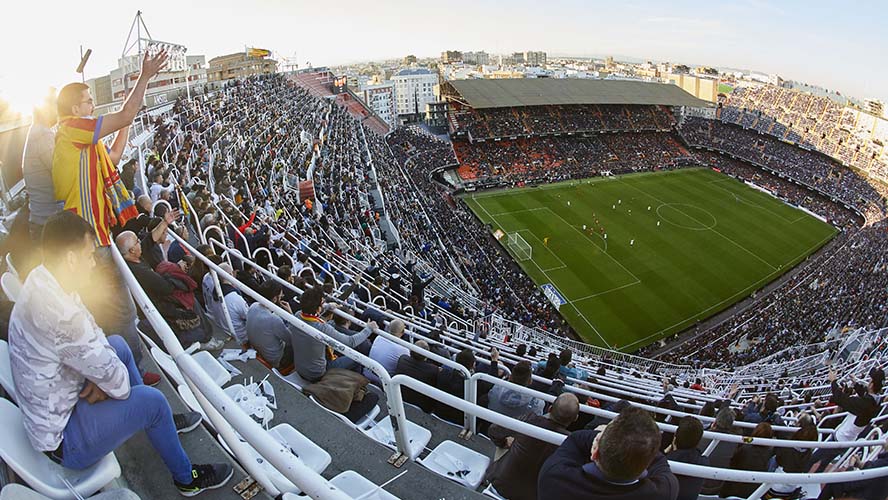
Thankfully, the home of Valencia FC recovered quickly and not only got back to normal, but even went on to introduce electric light to the field during the Falles festival of 1959. During the 1960s, the stadium was practically unchanged, but that wasn’t the case for the neighbourhood, also called Mestalla, that started to transform quickly. It wasn’t long until the stadium started to host big European matches. Nottingham Forest was the first foreign team to face ‘che’, a nickname for Valencia FC, in an official match at Mestalla. That was on the 15th September 1961.
Di Stéfano on the bench
At the beginning of the 1970s, the local team was the home of none other than Alfredo di Stéfano. The Valencian team made its début in the European Cup and the UEFA Cup. In 1972 the club’s head office was inaugurated, with the trophy room presided over by the club’s original flag. In 1978, Mestalla was remodelled once again, with sights set on the World Cup of 1982. It was at that time that Valencia FC had a player amongst its ranks who many consider to be the best footballer in the world: Mario Alberto Kempes, who helped the team win the Copa del Rey, the Recopa and the UEFA Super Cup titles.
Mestalla was also chosen as the setting for Spain’s first World Cup in 1982 and has been graced by players as iconic as Maradona and Pelé, as well as Kempes. Many tournaments and international matches have been played out on Mestalla’s pitch, which has also hosted lots of finals of La Copa.
But Mestalla is, above all, the home of Valencia’s supporters, at least until the new stadium, the “New Mestalla” or “Nou Mestalla” is built. The plans are for it to be erected on the Avinguda de les Corts Valencianes.
Mestalla is an attraction that’s nearly 100 years old, a stadium that has housed one of the most relevant clubs in the history of Spanish football, and it is well worth paying it a visit.




































































